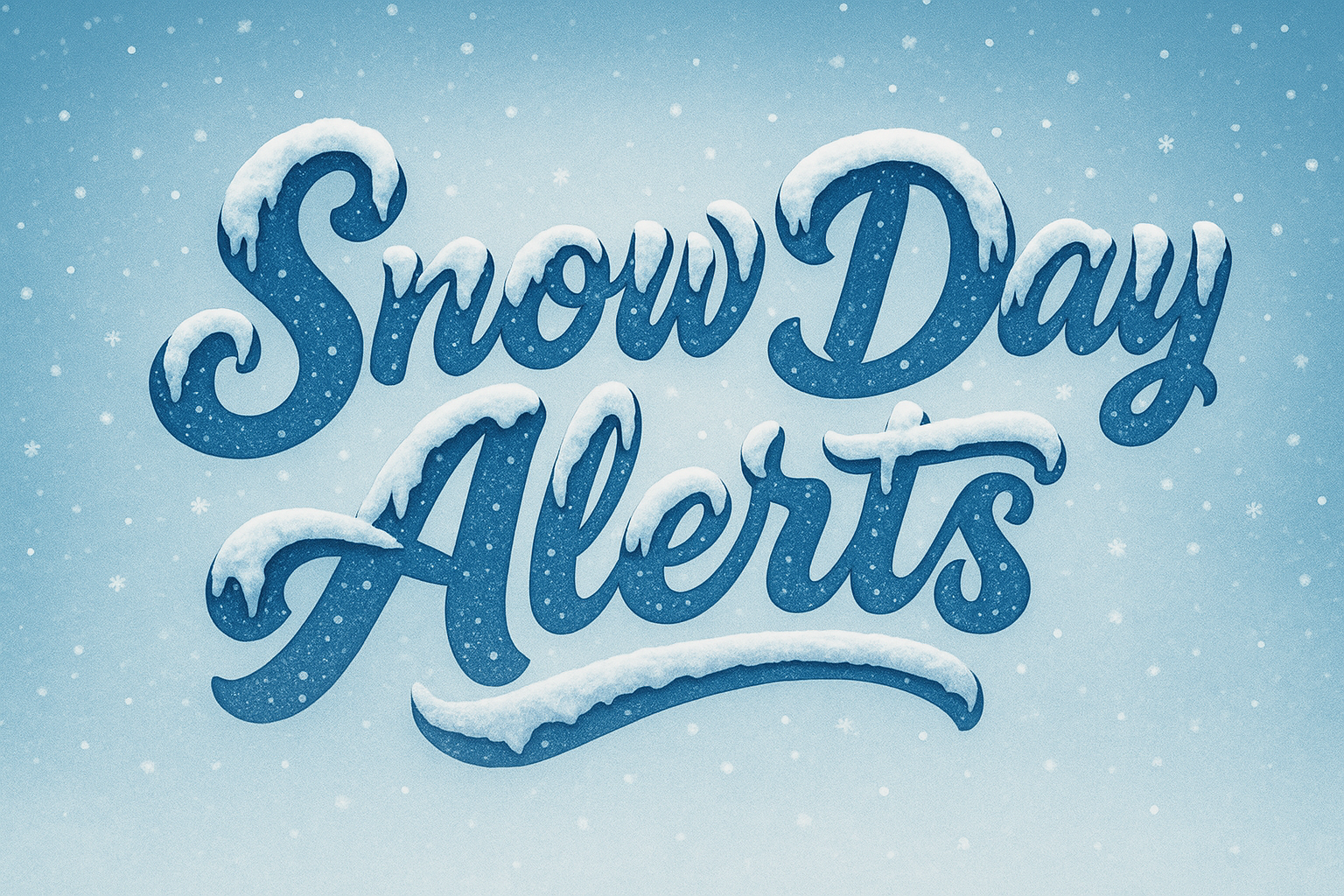
Hyper-local snow-day odds tuned to the 4–5 AM school-closure call.
How Snow Day Alerts Works
Step 1: Weather data for your ZIP code
When you enter a ZIP code, Snow Day Alerts calls a weather API to pull a detailed forecast for the next several days around that location. We focus especially on:
Overnight snow totals Snow rate near 4–6 AM Ice / freezing rain Wind & blowing snow Extreme cold / wind chill
Step 2: A scoring system based on real-world closure patterns
Every district has its own thresholds, but most closures tend to happen when a few ingredients add up at the same time:
- Roads are snow-covered or icy during the bus/commute window.
- Snow or ice is still falling or blowing during the early-morning drive.
- Temperatures and wind chill are dangerously low for kids waiting outside.
Our model turns those ingredients into a score between 0 and 100. Higher scores mean conditions look more like past days when closures were likely.
Step 3: Turning scores into “fun but honest” labels
The site translates the raw score into friendly messages such as:
- No Snow Day Signal (0–19%) – Normal winter weather.
- Low Snow Day Signal (20–39%) – Something to watch.
- Snow Day Possible (40–59%) – Check back often.
- High Snow Day Signal (60–79%) – Strong setup for closures.
- Very High Snow Day Signal (80–100%) – Many similar storms closed schools.
Important disclaimers
- We do not use official school closing data.
- All numbers are estimates, not guarantees.
- Your district may decide differently, even with identical weather.
Always follow your district’s official alerts and messages.